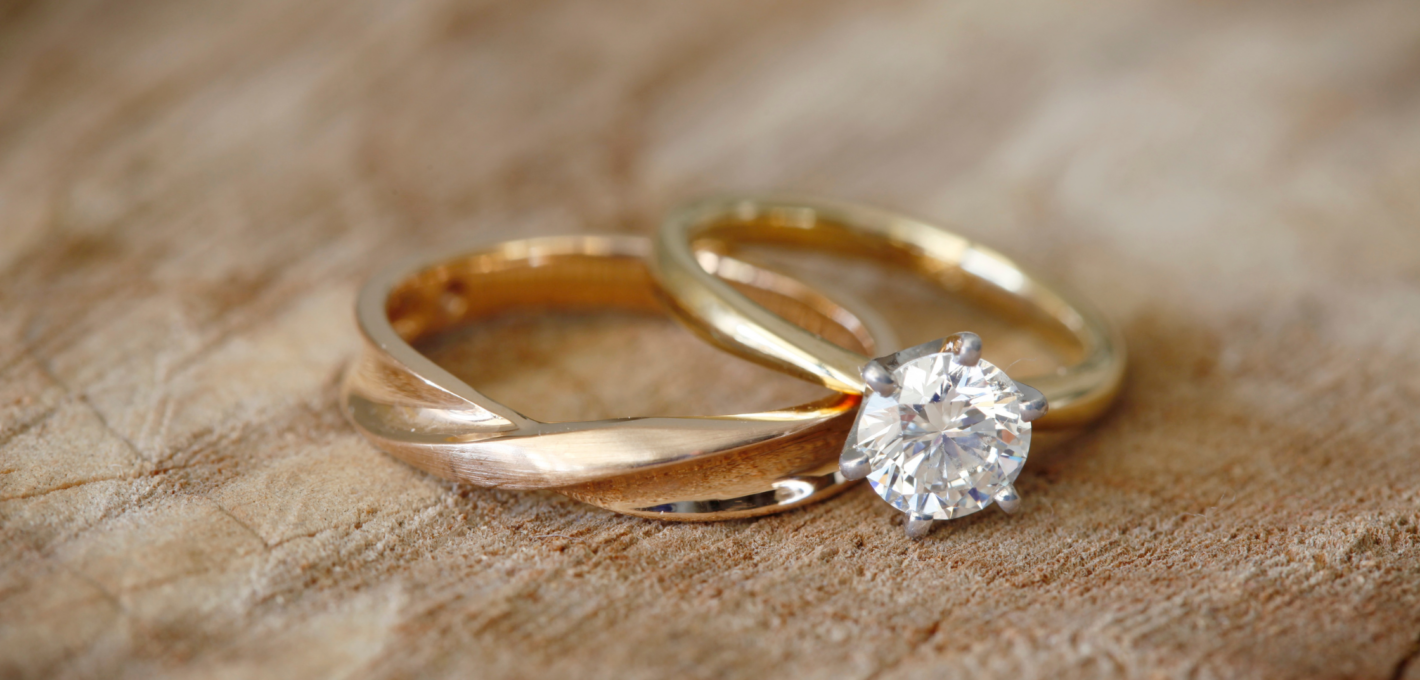
Can You Turn White Gold into Yellow Gold 100%
Choosing the right metal for your jewelry is a significant decision, especially when dealing with precious metals like gold. Transforming yellow gold into white gold is a fascinating process that appeals to many jewelry enthusiasts looking to update their pieces with a modern, elegant look. At Nelson Coleman Jewelers, we understand the importance of having the perfect piece that fits your style and preferences. While this transformation offers exciting possibilities, it’s equally important to understand the challenges involved. This guide will provide a balanced view to help you make an informed decision.
Understanding the Composition of White and Yellow Gold Alloys
Gold, in its purest form, is naturally yellow. The different colors of gold jewelry, such as white or rose gold, are created by alloying pure gold with various metals. White gold is made by mixing pure gold with metals like palladium, nickel, or silver to achieve its silver-like appearance. It is important to note that not all white gold is rhodium-plated, as some alloys have a natural silver hue. Rose gold is a warm metal alloy that combines gold with copper, giving it a distinctive pinkish hue. Yellow gold is created by alloying pure gold with metals like copper and zinc, which enhance its strength while retaining its characteristic golden hue.
Considerations Before Changing Metal Color
Altering the color of your gold jewelry is a significant decision. Here are a few factors to consider:
- Jewelry Integrity: The process of melting and reformulating the metal can affect the structural integrity of the original piece. If the item has intricate designs or holds sentimental value, this process might not be ideal.
- Cost: Transforming white gold into yellow gold can be costly due to the labor-intensive process involved.
- Value Preservation: Changing the original state of a jewelry piece can affect its resale value, especially if it’s a designer or antique piece. Weigh the sentimental and monetary value carefully before proceeding.
Challenges of Transforming White Gold into Yellow Gold
Converting white gold back to yellow gold is more complicated than the initial transformation of yellow to white gold. It involves removing the rhodium plating or the natural silver hue by re-alloying the gold with different metals to achieve the desired yellow hue. There is a risk of potential damage as the chemical and physical processes required to strip the rhodium and alter the alloy can cause stress and potential damage to the jewelry. This is especially concerning for pieces with intricate designs or delicate settings. The cost of transforming white gold into yellow gold can be higher than expected due to the detailed work required. It may be more economically practical to purchase a new piece in yellow gold.
Transforming white gold to yellow gold is an intricate and demanding process that requires detailed work, significant cost, and expert craftsmanship. While the process is entirely doable, the final results can vary depending on the expectations and desired outcome. Understanding both the possibilities and the challenges is crucial to setting realistic expectations and making an informed decision.
Alternatives to Changing the Metal
If you love the design of your jewelry but want it in a different metal color, consider these alternatives:
- Rhodium Plating: For a temporary change, rhodium plating can be applied to white gold to brighten the finish. Although commonly used to enhance white gold, plating can sometimes offer a new look without permanent changes. Rhodium plating is a process where a thin layer of rhodium, a shiny and durable metal in the platinum family, is applied to a piece of jewelry. This plating serves several purposes: enhancement, protection, and allergy prevention. Rhodium is hypoallergenic, so plating can be a good option for those with sensitive skin or allergies to certain metals, such as nickel. However, this process can wear off over time, especially with frequent use, and may require reapplication to maintain the desired look.
- Custom Design: Creating a new piece that replicates your existing design in yellow gold might be a more practical solution. This way, you can keep the original piece intact while enjoying the new design in your preferred metal. There is often a higher cost and more risks with changing the color of the metal, as opposed to creating a new custom piece in yellow gold.
Conclusion
Transforming white gold into yellow gold is a complex and meticulous process that involves melting, refining, re-alloying, and re-crafting the metal. At Nelson Coleman Jewelers, we understand the significance of such transformations and are committed to providing our customers with expert guidance and high-quality craftsmanship. Whether you’re considering altering an existing piece or designing a new one, our skilled artisans are here to ensure that your jewelry meets your expectations and reflects your style. Visit us to explore the possibilities and start your journey toward creating the perfect piece of yellow gold jewelry.

